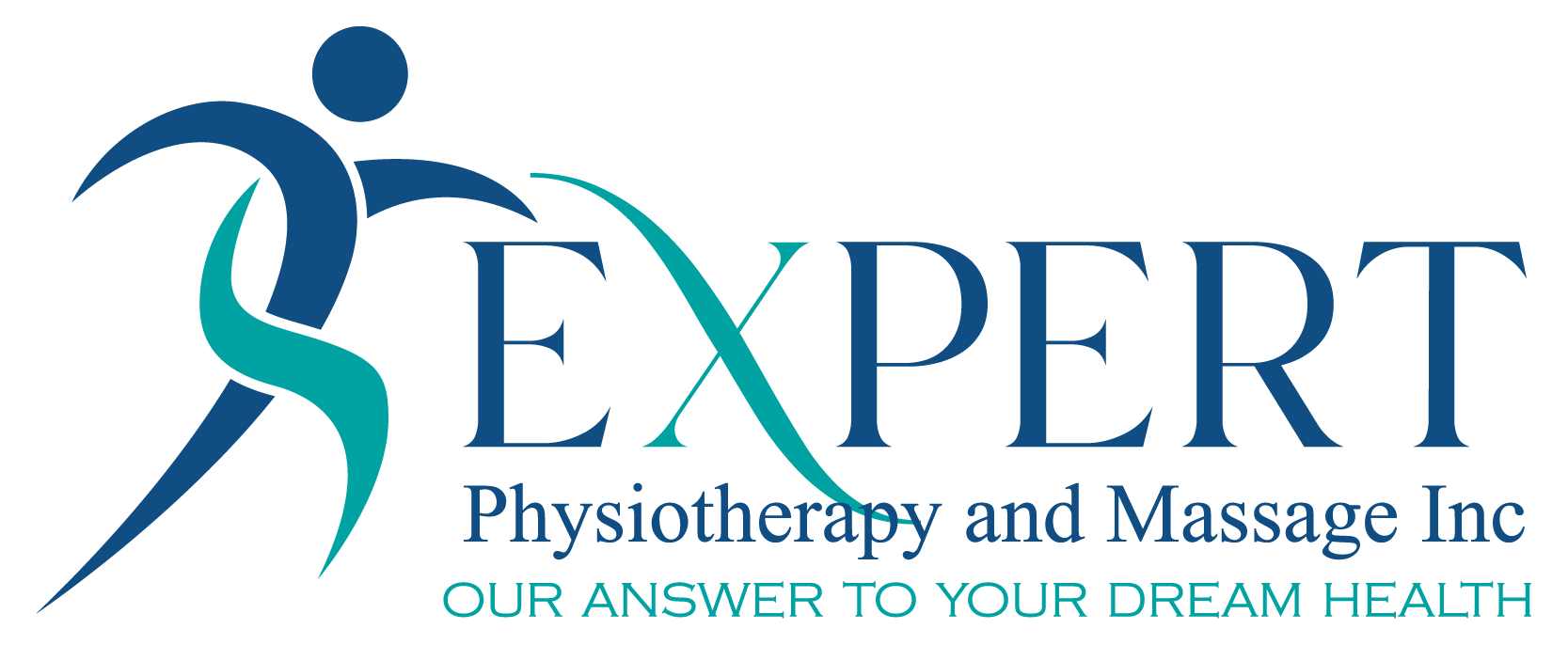Squats are one of the most effective exercises for building strength and improving mobility. However, improper squatting technique can lead to injuries and reduce the effectiveness of your workout. At Expert Physiotherapy and Massage, we prioritize your health and performance, so here’s our guide to mastering the art of squatting correctly.
Why Squats Are Important
Squats are a compound movement that engages multiple muscle groups, including:
- Quadriceps
- Hamstrings
- Glutes
- Calves
- Core muscles
When performed correctly, squats improve strength, balance, and flexibility. They also enhance joint health, particularly in the hips, knees, and ankles.
Common Squatting Mistakes to Avoid
Before diving into the correct technique, it’s essential to recognize common mistakes that could lead to injury:
- Knees collapsing inward
- This places unnecessary stress on the knee joints.
- Rounding the lower back
- This compromises spinal health and can lead to lower back pain.
- Heels lifting off the ground
- This reduces stability and shifts stress onto the knees.
- Shallow squats
- Failing to reach sufficient depth limits the engagement of key muscle groups.
Step-by-Step Guide to the Perfect Squat
- Set Your Stance
- Stand with your feet shoulder-width apart.
- Point your toes slightly outward, about 10-15 degrees.
- Engage Your Core
- Tighten your abdominal muscles to support your spine throughout the movement.
- Initiate the Movement
- Begin by hinging at the hips as if you’re sitting back into a chair.
- Keep your chest upright and your shoulders back.
- Lower Your Body
- Bend your knees and lower your body until your thighs are at least parallel to the ground.
- Ensure your knees track over your toes without extending past them.
- Maintain Proper Alignment
- Keep your weight evenly distributed through your entire foot, focusing on your heels.
- Avoid letting your knees collapse inward or outward.
- Rise Back Up
- Push through your heels to return to a standing position.
- Keep your movements controlled and steady.
Tips for Better Squatting
- Warm Up Properly: Engage in dynamic stretches or foam rolling to prepare your muscles and joints.
- Use a Mirror or Video: Monitor your form to identify and correct mistakes.
- Start with Bodyweight Squats: Focus on mastering the technique before adding weights.
- Progress Gradually: Increase resistance and depth as your strength and flexibility improve.
- Consult a Professional: A physiotherapist or personal trainer can help you tailor the squat to your specific needs and limitations.
Variations to Try
Once you’ve mastered the basic squat, consider incorporating variations to target different muscle groups and add variety to your routine:
- Goblet Squat: Hold a dumbbell or kettlebell close to your chest for added resistance.
- Sumo Squat: Adopt a wider stance to target your inner thighs.
- Bulgarian Split Squat: Elevate one leg behind you to focus on one leg at a time.
Listen to Your Body
If you experience pain or discomfort during squats, stop immediately and assess your form. Persistent issues could indicate an underlying problem that requires professional evaluation. At Expert Physiotherapy and Massage, we’re here to help you optimize your movement and achieve your fitness goals safely.
Final Thoughts
Squatting correctly is about more than just strength—it’s about building a foundation for functional movement and long-term joint health. By following these guidelines and avoiding common mistakes, you’ll reap the full benefits of this powerhouse exercise.
Need personalized guidance? Visit Expert Physiotherapy and Massage for expert advice, form assessments, and tailored exercise plans. Let us help you squat smarter, not harder!


